Kingdom Plantae Family Rutaceae | Order Sapindales Genus Citrus Higher classification Citrus | |
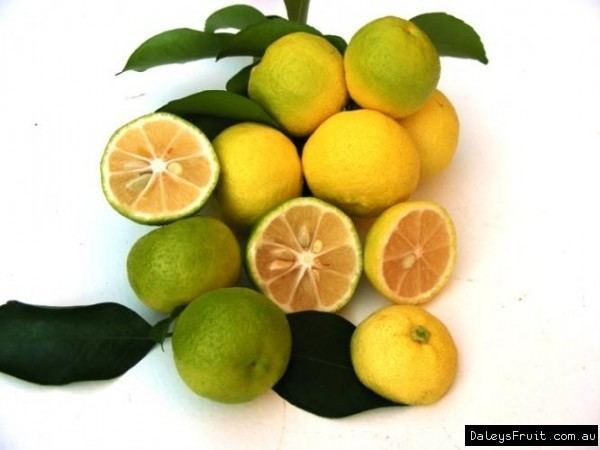 | ||
Similar Kabosu, Ponzu, Citrus depressa, Satsuma Mandarin, Citron | ||
Kabosu sudachi review weird fruit explorer ep 173
Sudachi (Citrus sudachi; Japanese: スダチ or 酢橘) is a small, round, green, Japanese citrus fruit that is a specialty of Tokushima Prefecture in Japan.
Contents
- Kabosu sudachi review weird fruit explorer ep 173
- Sudachi japanese citrus fruit
- General
- Classification
- Phytochemistry
- References
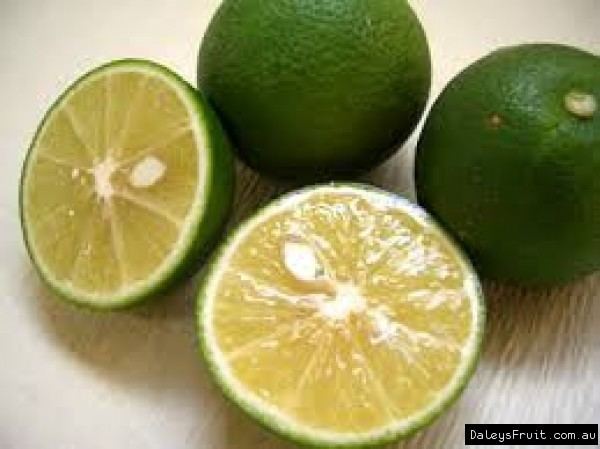
It is a sour citrus, not eaten as fruit, but used as food flavoring in place of lemon or lime.

Sudachi japanese citrus fruit
General
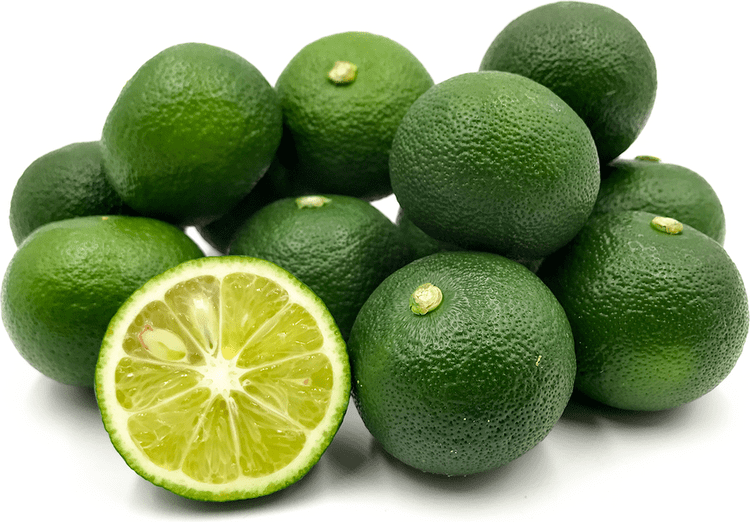
Cultivated for centuries in parts of Japan, and perhaps nearly as well known as another sour citrus, the yuzu in that country, it has been considered an "indispensable companion" to eating matsutake mushroom. The ponzu (ポン酢, "pon vinegar"), the squeezed citrus juice used as an alternative to vinegar uses sudachi among other bitter oranges (kabosu or yuzu juices, and daidai) as an ingredient.
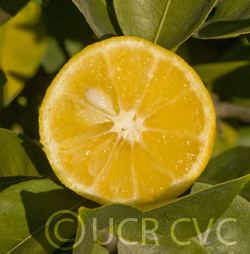
The fruit is also the symbol of the prefecture of Tokushima where the majority of the fruit is cultivated. Cultivation is centered mainly in the communities of Sanagouchi-son, Kamikatsu-cho and Kamiyama-cho. The plant has white flowers which bloom in May and June. The fruits form in bunches, or tight clusters, and are harvested in the fall. Though sudachi fruits will eventually develop a yellow-orange rind color, they are normally harvested and used while still green. They contain large smooth seeds, containing a green polyembryo.
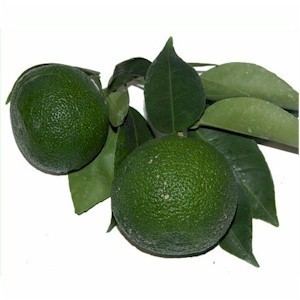
A half-slice of this fruit is served as garnish with many traditional Japanese dishes which include fish, soba, udon, nabe, and even some alcoholic beverages. It is considered to have a zestier flavor and aroma than lemons or limes. It also boasts a higher calcium and ascorbic acid (vitamin C) content than lemons. Sudachi flavored products (such as ice cream, vodka coolers, ice pops, and soft drinks) can also be found in Japan, particularly in Tokushima Prefecture, where the fruit is sold cheaply. The actual fruit is regarded as a delicacy in other parts of Japan, and is often expensive. Compared to the related kabosu, sudachi is much smaller at 20-25 to 40 grams as compared to 100 to 140 grams.
Classification
Sudachi is thought to be an ichang papeda x mandarin orange hybrid.
Its species name was published by Mitsutaro Shirai (1933), but most modern scientists, even while still using this nomenclature by habit or as legacy, do not consider it as a bona fide species, but regard it as a cultivar of unknown parentage, or a cultigen of the yuzu
The sudachi is classed within the Papeda subgenus in the Swingle scheme, and in the more complicated Tanaka scheme within the Eusmocitrus or true yuzu subgenus, under the Osmocitrus or yuzu section.
Phytochemistry
The flavonoid eriocitrin abundant in lemon and lime juices is present in comparable concentrations in sudachi juice, but is lacking in yuzu or kabosu juices. Also, neoeriocitrin (characteristic in bergamot daidai) is found in sudachi juice and rind. Eriocitrin is an antioxidant reported to combat lipid peroxidation and like neoeriocitrin is said to block the formation of lipoxygenases involved in allergies and atherosclerosis.。
Also, the flavonoid narirutin is said to be the active chemical in the Wakayama Prefecture specialty citrus jabara juice (ja:ジャバラ) that is said to diminish the effects of pollen allergies. The jabara advertises that it contains 6 times the narirutin in yuzu, but sudachi juice also contains about 3 times as much as yuzu juice (20.1 mg per 100 ml, vs. 6.6 mg). But it should be noted this substance is quite abundant in the rind of yuzu and kabosu.
The ability of the sudachi to promote the body's calcium absorption has been studied as well.。
In 2006, a Tokushima University research team published a report which suggests that the fruit may be effective in lowering glucose levels in diabetic patients. The team gave rats sudachi zest over a one-year period and found the glucose levels fell and the health of the rats to improve.)
